Why is Altai a Place of Power? Part I
- Be Fluent In Russian
- Oct 14, 2024
- 7 min read
Updated: Jan 5
Have you dreamed of traveling through mysterious Russia, or are you already exploring its vastness? Our article will open the gates to the amazing world of Altai for you. This region, surrounded by myths and legends, captivates the imagination with its landscapes and unique atmosphere. Altai is called the Russian Shambhala, Iceland, and even Tibet - and not without reason. Here, among majestic mountains and crystal-clear rivers, everyone finds something of their own. You will hear stories about the famous Chuysky Tract, one of the most picturesque roads in the world, the mysteries of the Altai Princess Ukok whose tomb is guarded by ancient puzzles, and much more. We will introduce you to local traditions and tips on how to spend time in the Altai Mountains to truly feel its magic.
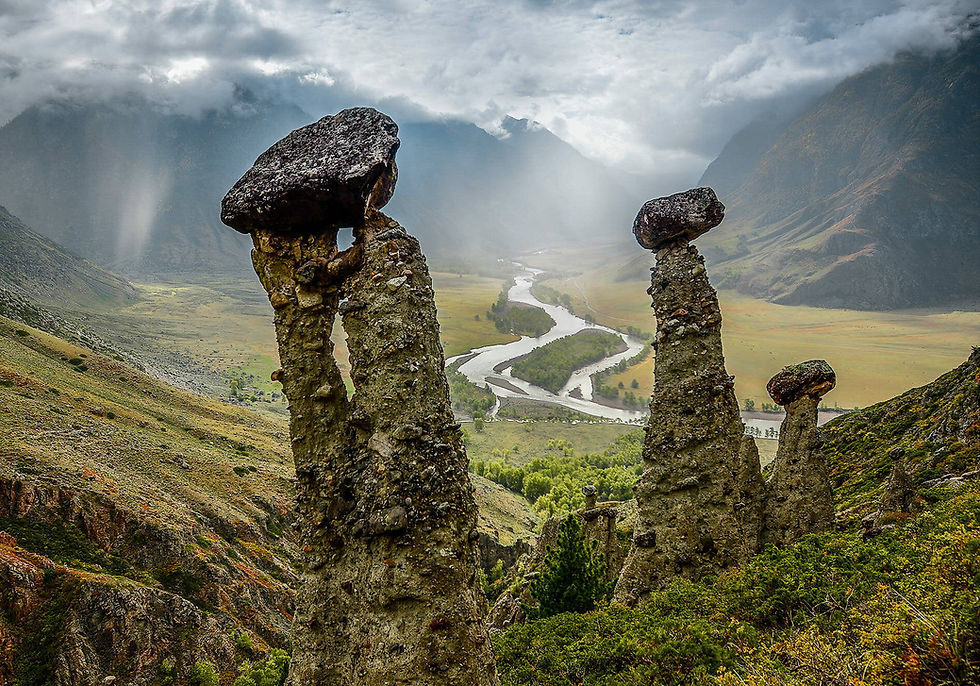
A Bit of History
In Russia, there are two Altai regions which should not be confused - Altai Krai and the Altai Republic. Residents of the European part of Russia often confuse the Mountainous Altai with Altai Krai, although these regions are neighbors in the Siberian Federal District, they are different: Mountainous Altai is known for its mountains, and Altai Krai for its green steppes and hills. Mountainous Altai, rich in the history of nomadic tribes, was once part of the Great Mongol Empire. The Altai Republic today is a region with its own flag and constitution, as well as two official languages: Altai and Russian. This is a region where ancient traditions are revered, where guests are warmly welcomed, and it attracts about two million tourists annually.

The Katun River - The Mistress of Altai
“Mistress” - this is how the name of the river is translated from Altai into Russian. According to most tourists, the best time to visit Altai is the last month of summer and autumn. In autumn, the mountain river Katun turns turquoise. With the onset of cold weather, this river shows its true beauty. Katun is fed by atmospheric precipitation, meltwater from snow and glaciers, as well as groundwater.
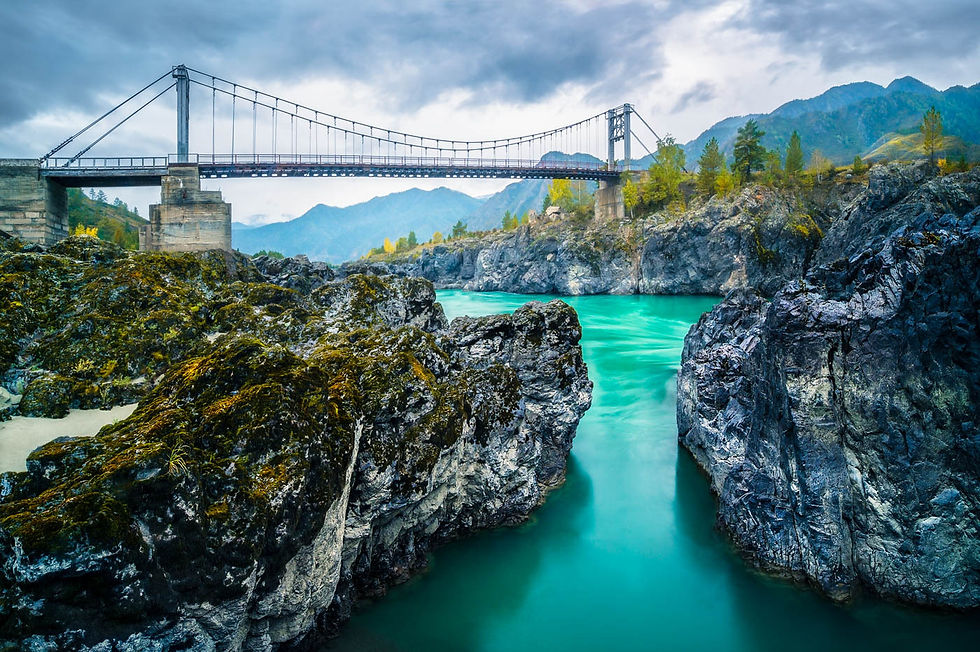
At different times of the year, this river is of different colors. In summer, it is milky white, but in autumn and winter, it changes color to turquoise. This happens because less glacial flour and other suspended particles enter the water. In addition, the lower water temperature helps these particles settle to the bottom, making the water more transparent and richer in color. The change in water color adds to the picturesque Altai landscapes.
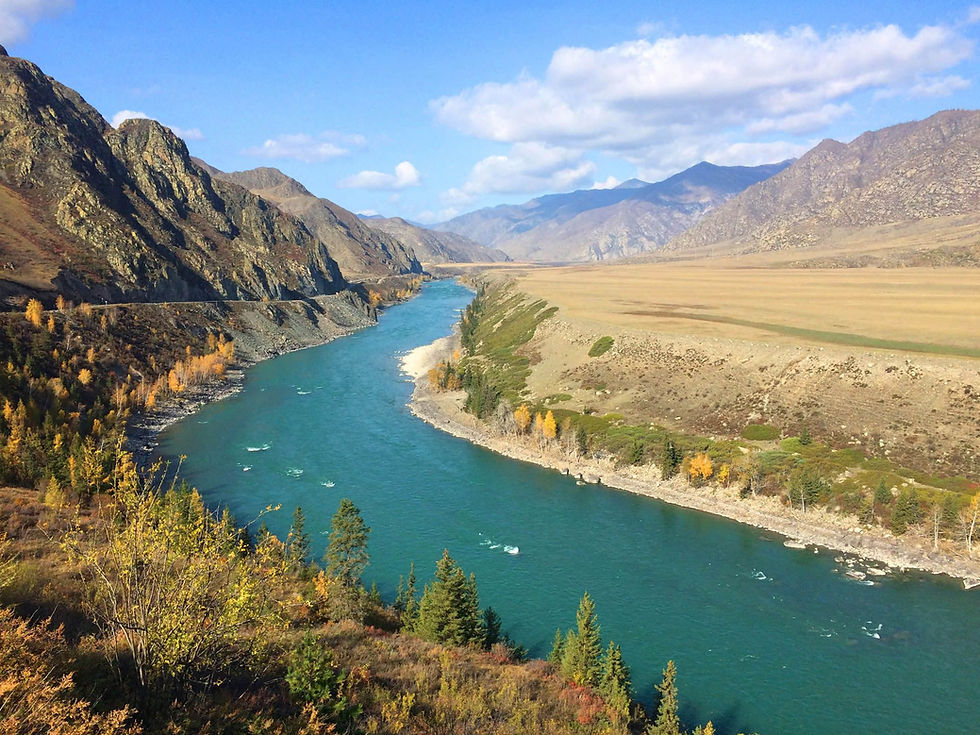
The Chuysky Tract – Among the Top 10 Most Beautiful Roads in the World
The best way to explore the Altai Mountains is to take a car trip along the Chuysky Tract. This federal road, stretching 968 kilometers (601 miles) through the region from Novosibirsk to the border with Mongolia, is considered one of the most beautiful roads in Siberia and has even been listed among the ten best roads in the world by National Geographic Russia. Along this road, there are a huge number of attractions that take about two days to see.


The Chuysky Tract is the first full-fledged road that connects Russia and China. Passing the Kalbak-Tash tract, one can see ancient messages from ancestors in the form of petroglyphs. At the Seminsky Pass along the Chuysky Tract, at an altitude of 1717 meters, is the highest-altitude training track for biathletes and skiers in Russia. A whole museum dedicated to the road and its history is located in Biysk. Here you can see a model of the tract, learn from photographs, and documents about the construction of the road.

Ukok Plateau
The Ukok Plateau is located at the junction of the borders of Russia, Kazakhstan, China, and Mongolia. This remote highland, surrounded by cliffs, constantly feels gusts of wind. Travelers should know that even in the summer period, the weather here can change unexpectedly several times a day. In the past, Asian caravan routes passed through Ukok, connecting Altai with Russia and Europe, which led to extensive archaeological research in the 19th century. Scientists have discovered many artifacts from petroglyphs to kurgan burials. One of the surrounding plateau rocks features the Bertekskaya Pisanitsa containing 120 detailed images of people and animals, as well as scenes of hunting and rituals.

Recently, geoglyphs - rock paintings visible only from the air - were found, prompting assumptions about the existence of an ancient highly developed civilization in Altai, possibly related to space aliens. Among other archaeological finds on the plateau, the mummy of the “Princess of Ukok,” a young woman from an ancient burial, stands out.
Princess Ukok
Princess Ukok, also known as the Altai Princess, was discovered in 1993 at the Ak-Alakha burial mound on the Altai Ukok plateau. This discovery, made by a team of archaeologists from Novosibirsk, is recognized as one of the most significant achievements of Russian archaeology at the end of the 20th century. During the excavations, a burial of an earlier era was found: the remains of a noble man in a narrow wooden coffin under stone slabs next to which three horses rested. This burial, as it turned out, had been looted in ancient times.

However, beneath it was another, more ancient and untouched burial site, which became a sensation. The young woman, who was named “Princess Ukok,” was buried more than two thousand years ago during the Pazyryk culture era, 6-3 centuries BCE. Her mummy lay in a wooden trough completely filled with ice, which perfectly preserved her to our days. The process of opening the tomb required slow and careful melting of the ice to preserve the artifacts.
At the base of the burial, a larch log cabin imitating a dwelling, completely filled with ice, was found. Inside the cabin was a coffin-skiff decorated with leather appliques depicting deer, symbolizing accompaniment of the deceased into the afterlife. The coffin was made in the form of a shamanic boat, emphasizing the high status of the buried. The mummy was positioned on its right side, head to the east and face to the north, with legs drawn up to the body. The princess died at the age of 25.
The Curse of Princess Ukok
The curse of Princess Ukok is one of the most famous legends of Altai. In 1993, when archaeologists began excavating the mound with her mummy, various unusual events occurred: thunder and an earthquake, and after moving the mummy, other disasters such as floods and earthquakes began, which local residents associate with the retribution of the awakened princess.

The consequences seemed catastrophic: several members of the expedition died or suffered from diseases, and others remained childless. Shamans warned that the punishment for disturbing the princess’s peace could manifest even in subsequent generations, causing diseases and other misfortunes.
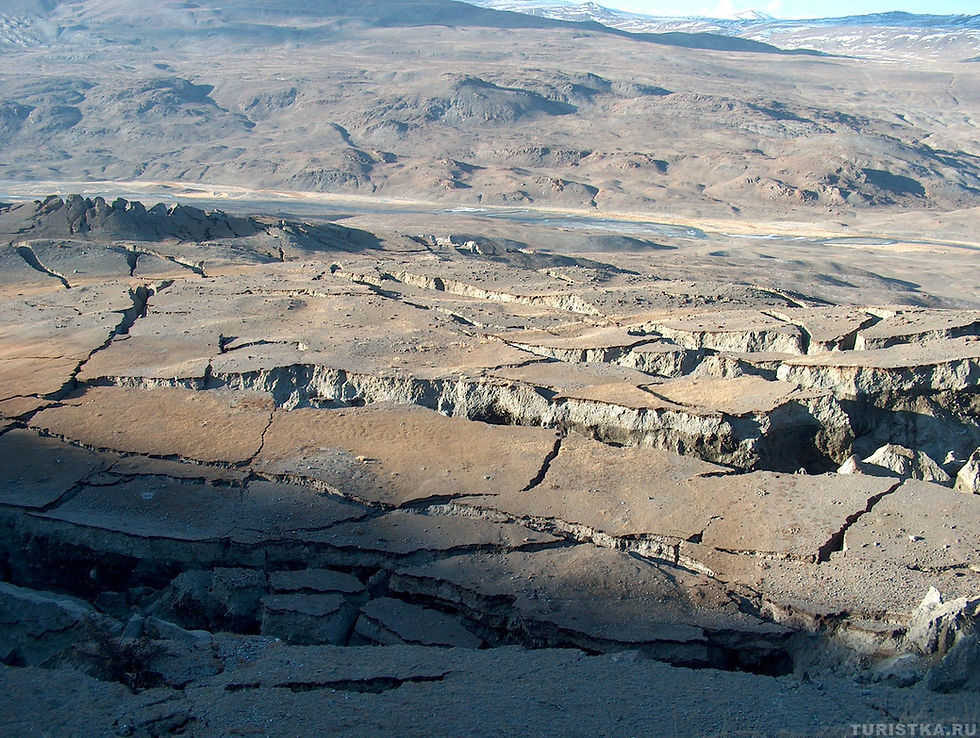
In 2003, ten years after the excavations, Altai experienced one of the most powerful earthquakes, which many consider additional confirmation of the curse. The earthquake occurred near the excavation site of the princess, affecting a significant part of Russia, Kazakhstan, Mongolia, and China. The earthquake was felt over a distance of more than 1000 kilometers (621 miles) from the epicenter.
“Local residents said that she closed the entrance to the dark world, so after the mummy was removed, cataclysms began because the portal was opened,” one journalist explained.
Today, you can see Princess Ukok in the museum in the city of Gorno-Altaysk, but only for three hours on certain days, depending on the phase of the Moon. The Altai people divided the month into two periods: new and old Moon. Days of the new moon from the 3rd to the 15th are considered favorable, while the time when the Moon wanes is the opposite. Especially negative are the so-called “days of the black Moon.” According to beliefs, this is a time of activity for dark forces and evil spirits.

This story is an excellent example of how archaeological findings can influence the culture and mythology of a region, as well as demonstrate the conflict between scientific interest and local traditions.
Mount Belukha – The Highest Point of Altai
The height of Belukha at its highest point is 4509 meters. The mountain got its name due to the abundance of snow that remains even in the summer period. Belukha means “white” (white color). On the slopes of this picturesque and mysterious mountain, glaciers of various sizes comfortably nestle. There are currently 169 glaciers, with about 60% of the glaciation of the entire Katun Ridge attributed to Belukha.
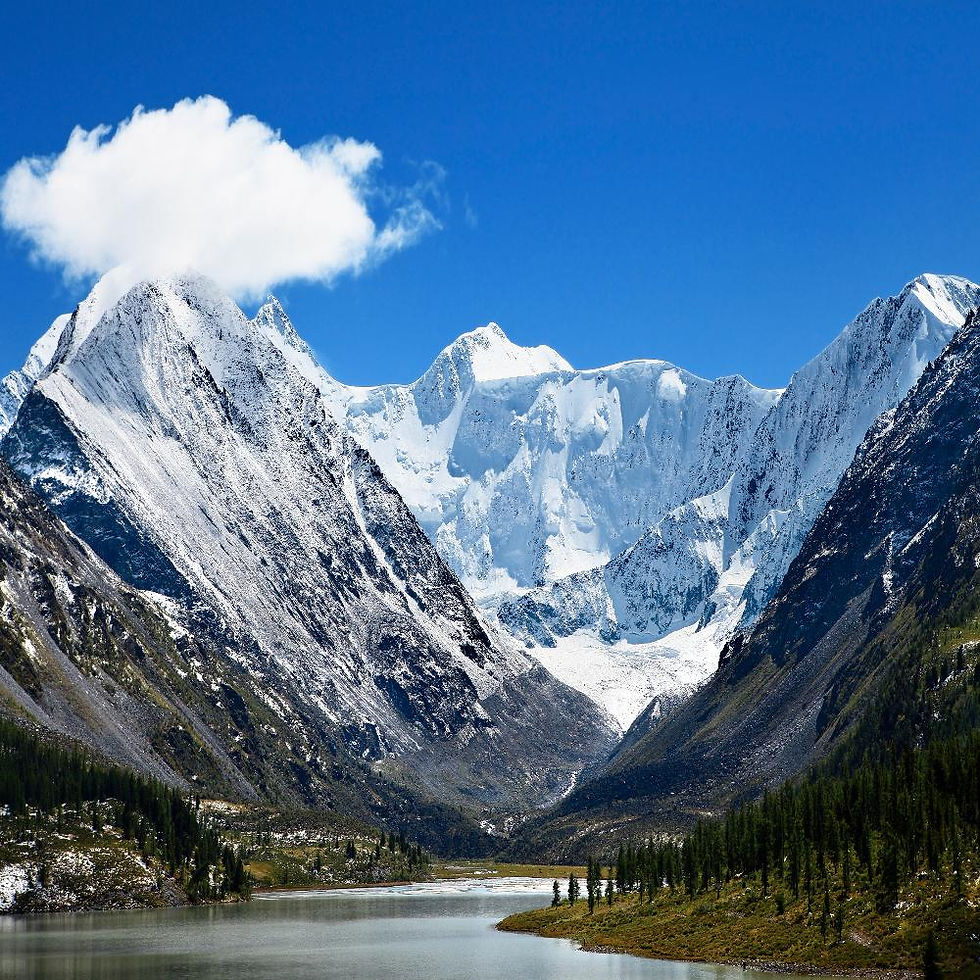
Interesting facts about Belukha:
Belukha is the highest point in Siberia.
The mountain is part of the UNESCO World Heritage site.
On the Akkem Wall (an icy vertical cliff on the north side of the Belukha Saddle), the face of a woman created by nature itself is clearly visible. Every few years, an infant can be seen in her arms. Local residents call her the Spirit of the Mountain.
A chapel of Archangel Michael was built at the foot in memory of those who perished in the mountains and never reached their coveted goal - the summit of the impregnable mountain. This is the highest Orthodox sanctuary in Russia.
Before the arrival of scientists and researchers, none of the locals dared to ascend Belukha, fearing to awaken the wrath of the gods. There is a legend about an evil spirit, Erlik, who resides in one of the caves inside the mountain and punishes anyone who crosses his boundaries with avalanches and rockfalls.
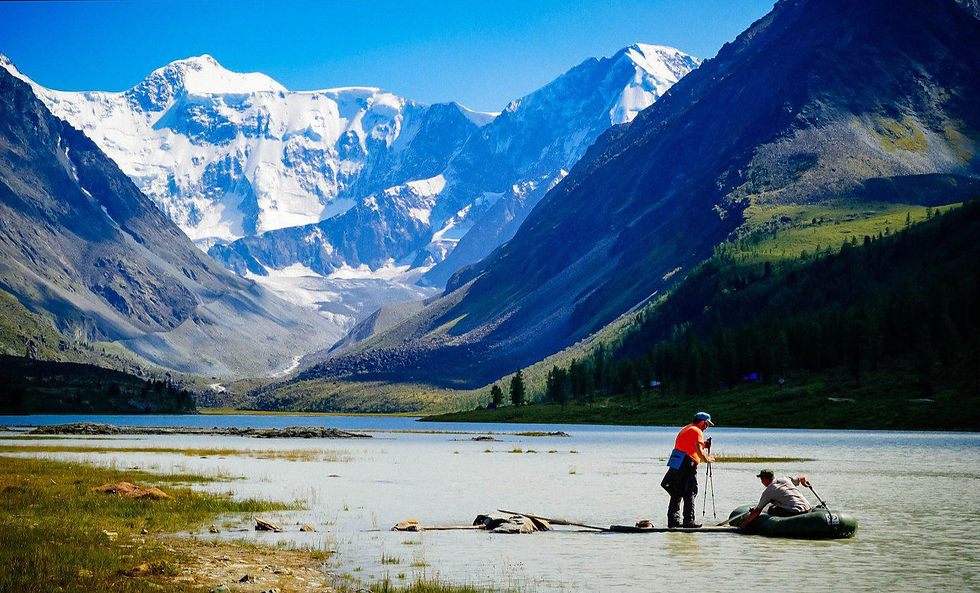
People believed that the mountain was a refuge for demons and even feared to look in its direction, afraid of going blind. In reality, those who tried to climb the glaciers without protective glasses were blinded by the sunlight reflected off the snowy surface.
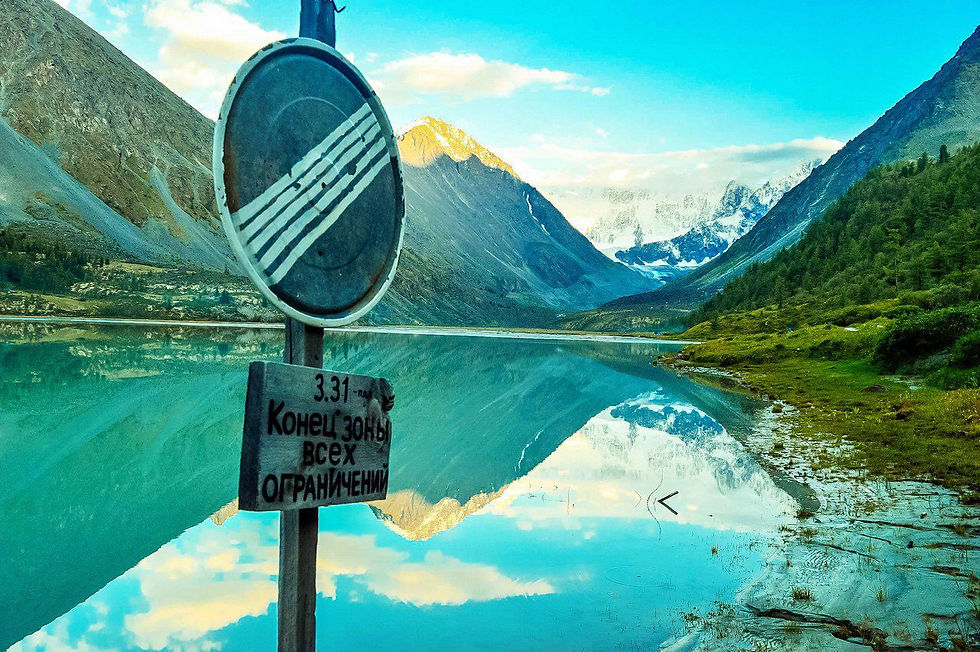
The native Altai people still consider the mountain sacred, and according to legends, it is the site of the mysterious land of the gods, Shambhala. It is believed that Buddha embarked to India from here, and numerous caves lead to Tibet. The longest of these stretches for 340 meters and is the longest in Russia.
A film about this mountain is available on our BeFluent platform.
Why Altai is a place of power and what activities are available there will be covered in the next part of our article, along with other places you can visit while traveling through this extraordinary location, about the lakes, local residents, and various legends that enrich Altai.







